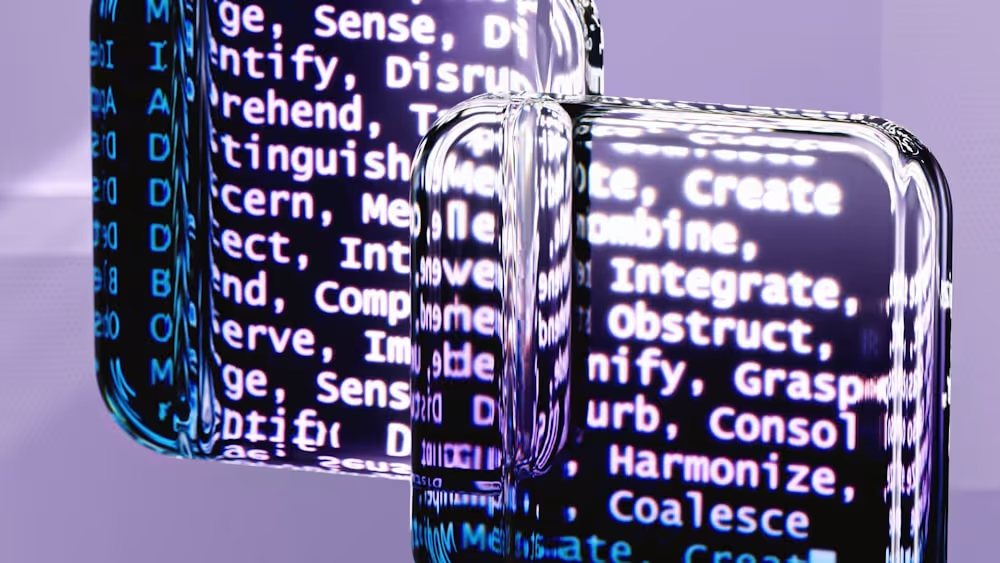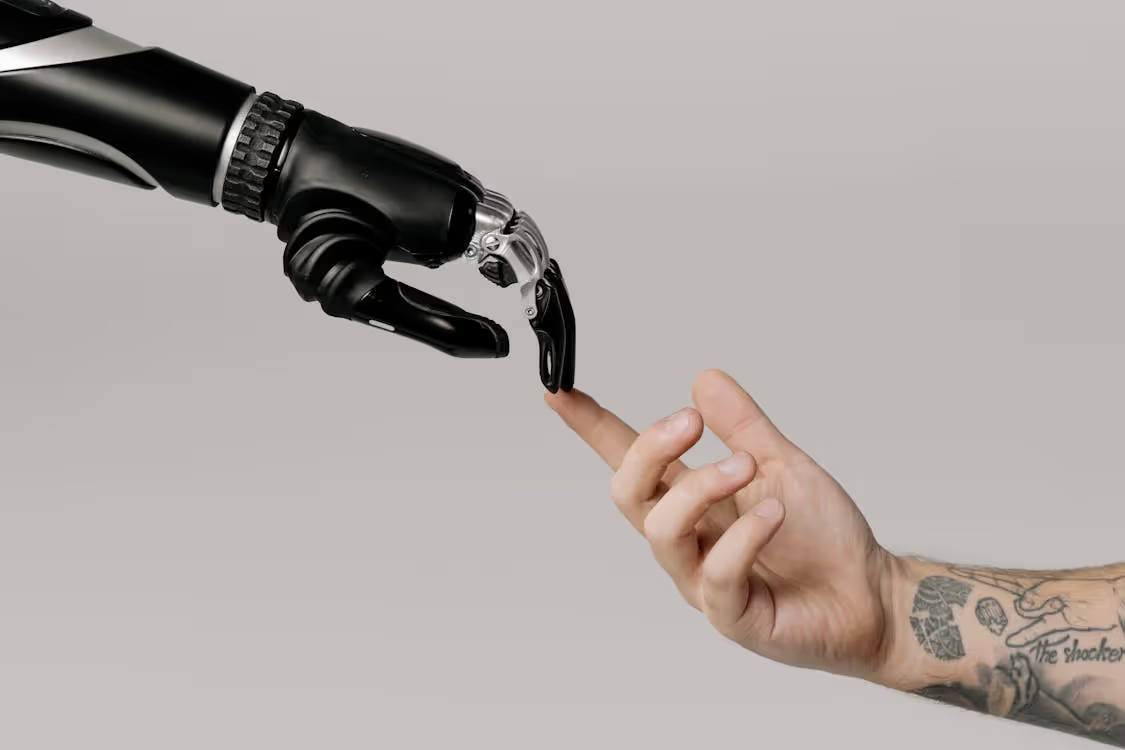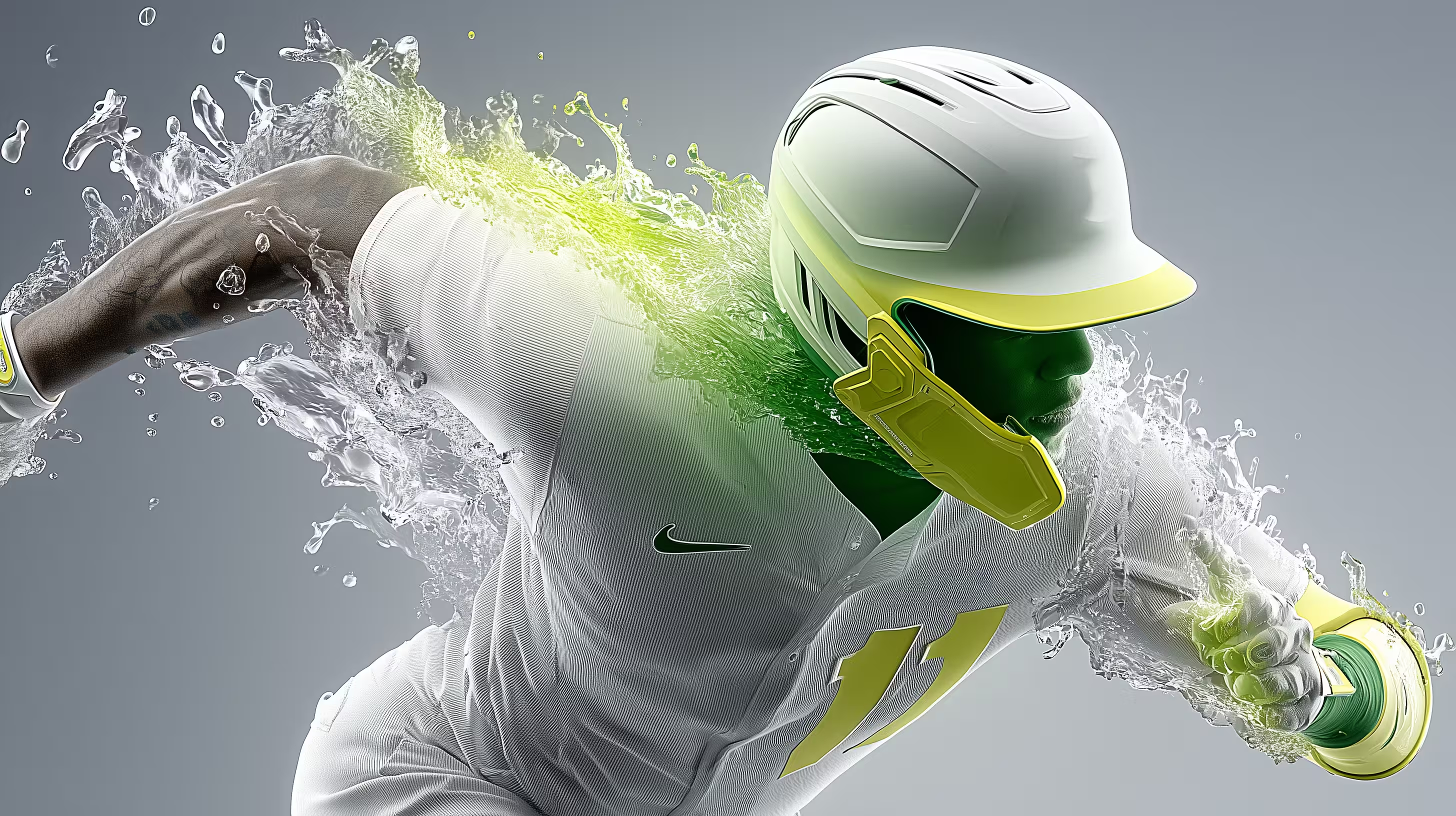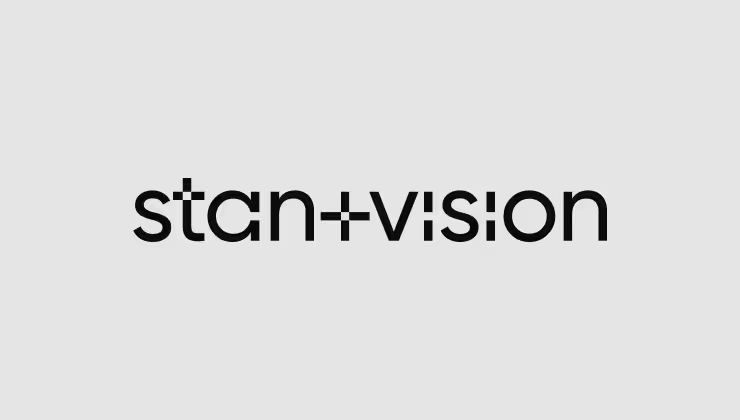Artificial intelligence (AI) and user experience (UX) design go hand in hand these days. . Let's take a closer look at the cool ways AI is jazzing up UX design, giving us a peek into how it's changing the game at every step of the design process.
The fusion of AI and UX design
AI fundamentally shapes the UX design industry by offering insights and capabilities. From automation of repetitive tasks to simplifying personalized user experiences, AI impacts various aspects of the design process.
Understanding the role of AI in UX design
By embracing AI in all its forms, we can harness its potential to streamline workflows and deliver innovative solutions that resonate with users. It doesn’t necessarily mean it does our job better, it just lets us do it faster and with fewer resources!
The integration of AI in UX design isn’t just about efficiency—it’s about revolutionizing how we interact with technology. With AI, we’re witnessing a shift in the UX design process, one that enhances user satisfaction and streamlines the creative workflow. We use the power of artificial intelligence as a transformative tool, crafting user interfaces and experiences that hit closer to home, offering more efficient and personalized products that truly center on the client.
Gone are the days of repetitive tasks that once consumed much of a designer’s time. Instead, AI steps in to automate these processes, freeing up creative minds to focus on the more complex aspects of design and innovation. This shift doesn’t just increase productivity; it enables us to develop experiences that carry a deeper meaning and connect with users on a more profound level.
Transforming user research with AI
User research, the cornerstone of any UX project, has been redefined by AI’s capabilities. The rapid analysis of user data, once a daunting task, is now streamlined by AI tools that leverage predictive analytics to forecast user trends. This evolution in user research isn’t merely a time-saver; it’s a game-changer that accelerates product development and provides UX designers with actionable insights through user testing.

AI’s approach to analyzing user behavior is both unbiased and consistent. It delves into vast quantities of data, extracting reliable insights that lead to improved product design and functionality. Moreover, the creation of data-driven user personas has become more nuanced, with AI conducting sentiment analysis and offering a three-dimensional view of user discussions. By incorporating the ability to analyze user data, AI continues to revolutionize the understanding of user behavior and personas.
Personalized user experiences through machine learning
Personalization is the key in user experience, and AI-driven customization is pushing the boundaries of what’s possible. By analyzing user behavior, machine learning algorithms craft interfaces that feel almost bespoke to individual users, elevating user engagement to new heights. For example, AI’s analysis of time spent on different parts of a website can lead to more intuitive navigation, making the user’s journey as smooth as possible.
Look no further than services like Spotify, which use AI to curate personalized content, such as playlists, based on a user’s listening history. This approach has not only increased user engagement but also user satisfaction. And it doesn’t stop there—predictive analytics and recommendation algorithms proactively provide content or features, anticipating needs before users even recognize them.
From sketches to interfaces: AI-Assisted design development
The journey from a designer’s sketch to a polished user interface is now a path paved with AI assistance. Tools like Uizard reflect the latest design trends, effortlessly transforming ideas into interactive prototypes, while others are capable of interpreting hand-drawn designs and generating code, streamlining the transition from concept to reality. The burgeoning array of AI tools converting visual data into web language signals a future where AI integration is the norm in UX design development.

AI’s optimization of the design process is nothing short of remarkable. It produces visualizations and wireframes from mere ideas and leverages historical data to quickly churn out user flowcharts. This efficiency not only streamlines UX design but also refocuses efforts on the creative aspects that truly matter. Tools like Anima further bridge the gap between AI and traditional design tools, ensuring compatibility with platforms like Figma and Sketch and generating ready-to-use code for front-end frameworks.
AI tools reshaping the UX landscape for us daily
AI tools are the new artisans of the digital age, reshaping the UX/UI design landscape with a blend of efficiency and innovation. They are versatile and excel in various domains, from topic brainstorming to aiding in website development.
With its expansive knowledge base, it effortlessly generates ideas and insights on diverse subjects, making it an invaluable resource for content creators, students, and professionals alike. In the realm of development, ChatGPT proves invaluable, offering assistance in coding tasks, particularly in JavaScript, through real-time guidance and code suggestions.
Its ability to summarize documents efficiently streamlines research processes, providing concise overviews of extensive texts. For businesses and individuals seeking to optimize their online presence, ChatGPT offers compelling marketing copy tailored for websites, ensuring engaging and persuasive content that captivates audiences. Alongside these features, ChatGPT's integration with Midjourney allows for seamless incorporation of relevant images, enhancing the overall user experience and enriching content presentation.
AI systems for enhanced user interaction
In the realm of conversational UX design, AI-powered systems such as chatbots and virtual assistants are making significant steps ahead. They not only respond swiftly to user queries but also cater to individual needs, ultimately enhancing user satisfaction and fostering deeper engagement. Virtual assistants offer dynamic support by understanding and assisting with user intent through natural language processing, thus personalizing the user experience.

The beauty of AI chatbots is their ability to:
- Help users navigate even the most complex platforms
- Provide real-time support and personalized assistance
- Improve the overall user experience and help address specific pain points
Voice-activated systems like Amazon Alexa and Google Assistant take things a step further by enabling intuitive control over smart devices through voice commands.
Data-driven decisions with AI analytics
Data-driven decisions are crucial for UX success, and AI analytics are unlocking deep user insights to enhance design. Predictive tools like Visualeyes and Attention Insight empower optimization pre-launch. Social listening via AI also informs e-commerce strategies by tapping into customer sentiments. Personalization is becoming increasingly sophisticated, with AI shaping experiences to user behaviors and contexts.
Streamlining design workflows with artificial intelligence
Artificial intelligence is not just a tool—it’s a smart design assistant that’s revolutionizing how we think about design workflows. By automating prototyping and efficiently managing A/B testing, AI liberates designers from the drudgery of repetitive tasks, fostering an environment ripe for innovation. Designers can now exit the so-called ‘project paralysis mode’ by utilizing AI tools like Vas, which offer valuable project outlines and wireframe starting points.

Framer and similar AI-powered UX tools exemplify the speed and efficiency with which design workflows can now operate. They facilitate rapid design generation and website publication, considerably increasing the speed and efficiency of the entire process. AI’s role as a smart design assistant is quickly fostering inspiration, encouraging designers to explore a broader range of creative possibilities.
- Automating user feedback collection
The collection and analysis of user feedback is a crucial part of UX design, now made more efficient by AI. Sentiment analysis and machine learning algorithms swiftly parse user sentiments, identify trends, and facilitate quick design iterations. This automation not only speeds up the feedback cycle but also refines product features to align with user preferences.
AI's voice and speech analysis adds another layer, considering demographic and location data to enrich sentiment analysis. This generates a comprehensive view of user feedback, driving product evolution to meet user needs better.
- Enhancing visual design
AI enhances UX design with tools like Adobe Sensei, which uses content-aware fill to remove image flaws and predict design elements that captivate users, boosting satisfaction.
- Predictive AI for user behavior forecasting
Forecasting user behavior with predictive AI is vital for user-centric design. It analyzes feedback and predicts user issues, enabling designers to preemptively craft solutions. It also detects emotional responses, informing design choices that enhance engagement, as seen in the Forbes app's AI-enhanced redesign, which led to a better user experience.
The synergy of human expertise and AI in UX
While AI is a powerful tool in UX design, it is the synergy between human expertise and AI that truly elevates the design process. Humans bring to the table vision, empathy, and an understanding of emotional nuances essential for complex problem-solving, which AI alone cannot replicate. The combination of human creativity and AI’s ability to automate repetitive tasks creates a balanced relationship, allowing UX designers to innovate while incorporating objective inputs.

Human expertise in synthesizing information and devising innovative solutions is complemented by AI’s efficiencies, creating a mutually beneficial relationship in UX design. However, it’s crucial to maintain ethical considerations in this balance, ensuring fairness and catering to diverse user needs.
Emerging trends: the future of AI in UX design
The future of AI in UX design is bright, with emerging trends indicating even more sophisticated personalization capabilities on the horizon. The continuous evolution of AI technologies promises to reshape UX design in ways we are only beginning to imagine.
The predicted average increase in corporate profitability due to AI technologies in the future is an astounding 38%, underscoring the significant impact AI is expected to have on the industry.
B2B SaaS AI platform design
Designing a website for Business-to-Business (B2B) SaaS platforms comes with unique challenges, which AI can effectively address.
By integrating AI into B2B SaaS platform design, designers can optimize resources, streamline processes, and drive continuous improvement through feedback loops.
Let’s take our previous work for https://siena.cx/ where we integrated AI within an existing help desk. Siena serves as a valuable teammate rather than a mere tool. It autonomously resolves 80% of customer queries across various channels. This isn't just about efficiency, but also about reshaping customer experience.
FAQ
How is AI used in UX?
AI is used in UX through chatbots that provide real-time support and guidance for users, equipped with Natural Language Processing algorithms. Additionally, AI tools quickly analyze large data sets to detect patterns, interpret trends, and predict future user behavior.
Which is better UX or AI?
UX is better than AI because it relies on the human touch and empathy, which will always be essential for designing user-friendly products.
Will AI replace UX researchers?
No, AI will not replace UX researchers. Instead, it will become a valuable collaborator, allowing UX experts to focus more on strategic and innovative work.
Can UX design be done by AI?
Yes, AI is already improving UX design by identifying and satisfying specific user needs, making products more efficient and client-centric, and it will continue to evolve to offer deeper insights into human behavior.
How does AI specifically improve the user research process?
AI improves user research by rapidly analyzing user data and using predictive analytics to forecast user trends, resulting in faster testing cycles and accelerated product development. This unbiased analysis provides reliable insights that improve product design and functionality.






